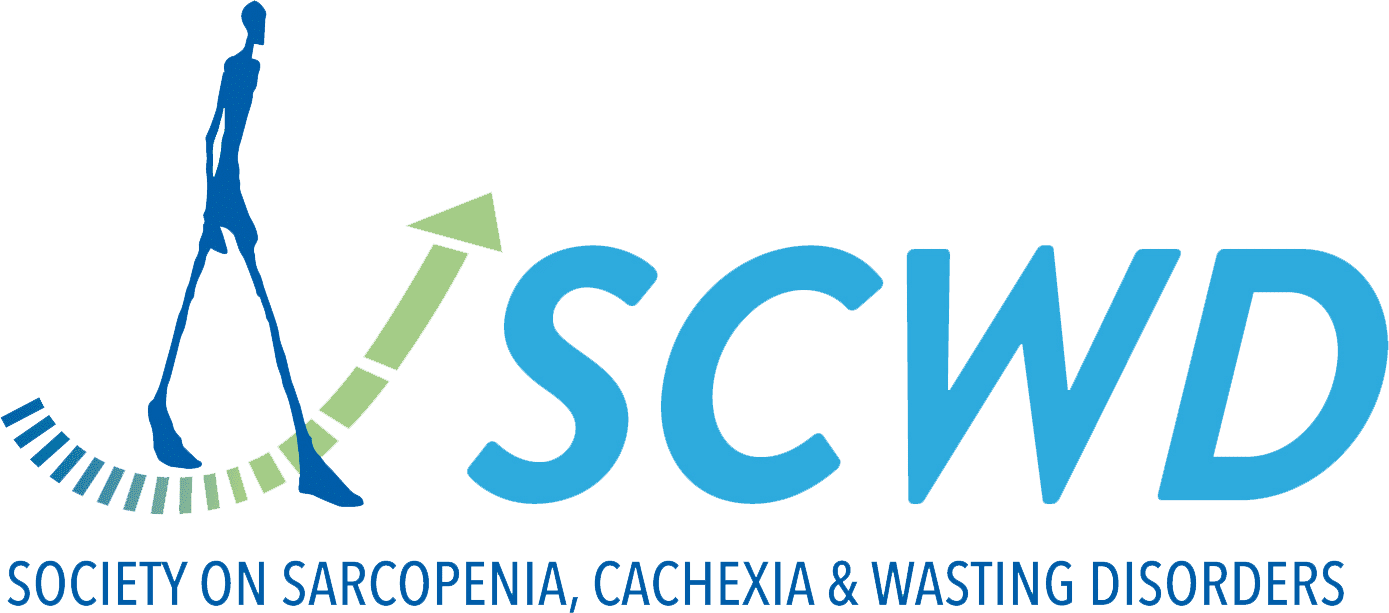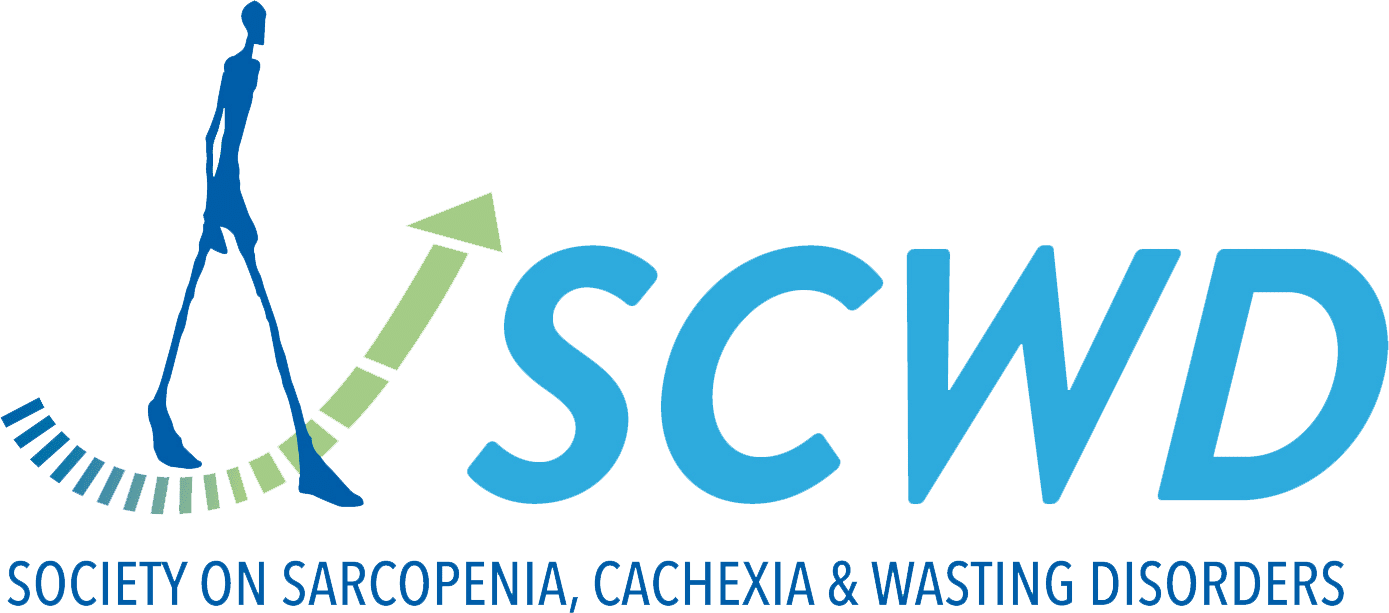Plant-based protein for older adults with obesity.
The global syndemic of obesity, undernutrition, and climate change - three interconnected challenges - threatens both human and planetary health. This review focuses on one critical intersection: older populations living with overweight and obesity in the context of sustainable nutrition....


